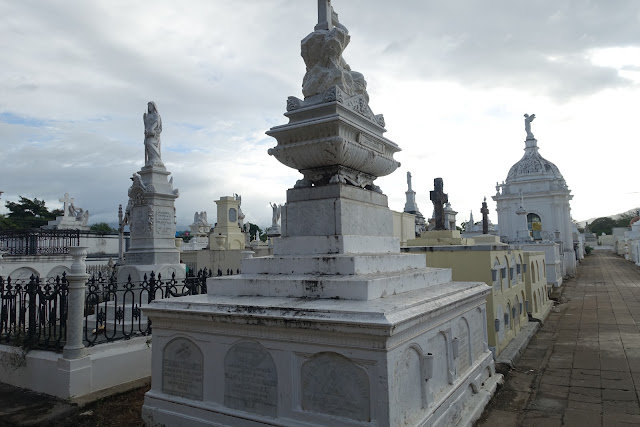As a boy, Moises Ghitis Rivera began collecting coins and then paper currency spanning the history of his country, Nicaragua. He has more than 800 items, continuing up through all of the denominations of today's money. The collection is now its own museum, on display at his family's property on the farm, or Finca Tel Aviv. The Finca and its museum are open to the public.
The museum is organized by government administrations, showing the sequence of currencies printed by each president. Apparently, each administration designed and printed a new currency, much like the occupants of the American White House redecorate it. One president included his sister's likeness on one of his denominations.
 |
| Currency rubberstamped to increase during rampant inflation. See upper right for denomination of 20, increased to 20,000 |
 |
| Portraits of Nicaraguan Presidents |
The hitch is that it is not easy to get to. The museum, called El Ceibo museum is situated on dual-volcanoed Ometepe Island, which is a one and a quarter hour ferry ride on Lake Nicaragua. The lake is the largest lake in Central America and the 19th largest fresh water lake in the world. Once you get out on it, you may as well be on an ocean because you can't see the other side. The winds whip up and the ferry ride can get pretty rocky. (No bathrooms and not enough life preservers, either).







